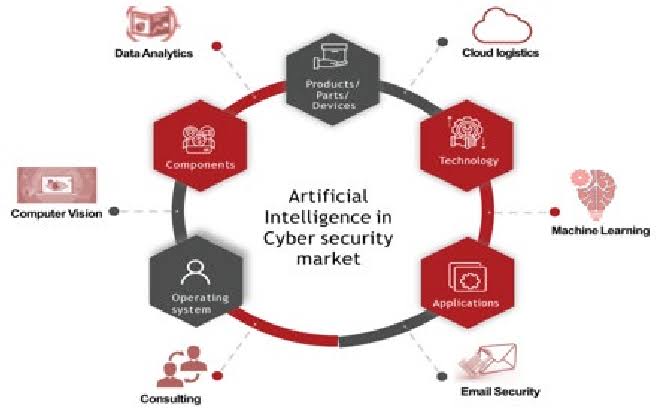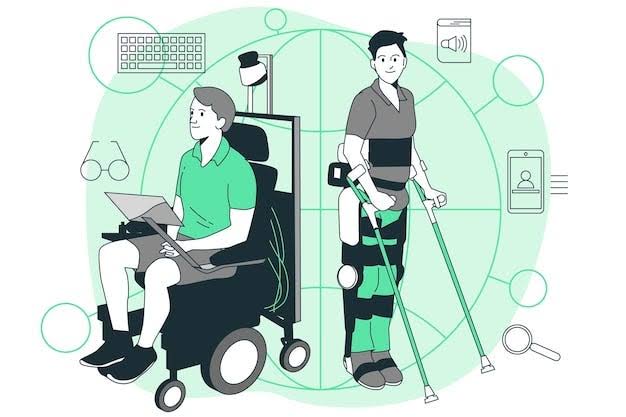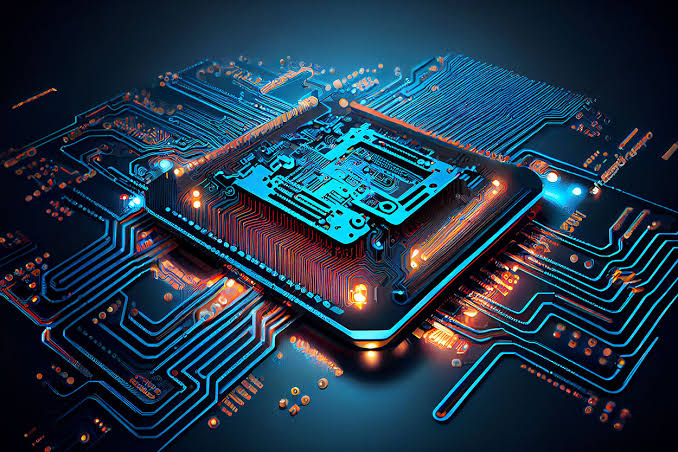Artificial intelligence has become one of the most transformative technologies of our time, and its role in cybersecurity is growing stronger every year. With the increasing sophistication of cyberattacks, traditional security systems are often not enough to detect and prevent threats in real time. Artificial intelligence, with its ability to learn patterns, adapt to evolving risks, and automate responses, is changing how cybersecurity systems operate today and shaping the future of digital defense.
Why Artificial Intelligence Matters in Cybersecurity
Cyber threats have become more advanced and widespread, targeting individuals, businesses, and governments. Ransomware attacks, phishing campaigns, identity theft, and insider threats are just a few of the dangers organizations face daily. Traditional security solutions rely on pre-programmed rules, which often fail to keep up with the speed and creativity of cybercriminals.
Artificial intelligence provides a new approach by:
- Learning from past cyberattacks to identify patterns
- Detecting anomalies in large volumes of data quickly
- Responding in real time to new and emerging threats
- Reducing human error by automating complex tasks
This combination of learning, speed, and adaptability makes AI a key player in the future of cybersecurity.
AI-Powered Threat Detection
One of the most significant contributions of artificial intelligence is advanced threat detection. AI systems analyze massive amounts of data from network traffic, user behavior, and system activities to identify unusual patterns. These anomalies often indicate a potential cyberattack before it fully unfolds.
Machine learning models continuously update themselves, allowing security systems to become smarter over time. This reduces reliance on human analysts and ensures that threats are detected faster.
- Detects malware and ransomware early
- Flags suspicious user activities
- Identifies unusual data transfers that may signal breaches
Automation of Incident Response
Cybersecurity often requires quick action to prevent damage. In the past, security analysts had to manually investigate threats, which could take hours or even days. AI-powered systems can now automate responses, shutting down suspicious connections, isolating affected devices, and alerting security teams instantly.
This automation speeds up the entire process of incident response and reduces the risk of human error. It also frees cybersecurity professionals to focus on strategic decision-making rather than repetitive monitoring tasks.
- Automatic shutdown of suspicious activities
- Real-time alerts to security teams
- Reduced time between detection and response
Predictive Cybersecurity
Artificial intelligence is also leading to predictive cybersecurity. Instead of reacting only after an attack occurs, AI uses historical data, threat intelligence, and behavior analysis to forecast possible cyber threats.
By predicting vulnerabilities, organizations can strengthen their defenses before hackers exploit them. This proactive approach is expected to become a standard in the future of cybersecurity systems.
- Forecasting future attacks based on patterns
- Strengthening weak points before breaches occur
- Moving from reactive to proactive defense strategies
Fighting Phishing and Social Engineering
Phishing remains one of the most common ways hackers trick individuals into revealing personal information. AI tools are now being trained to identify fraudulent emails, websites, and messages by analyzing tone, grammar, and metadata.
Natural language processing enables AI systems to detect suspicious content that humans might overlook. Over time, these tools will become even more precise in filtering out phishing attempts and protecting users from social engineering tactics.
- Identifies fraudulent emails and messages
- Filters fake websites in real time
- Protects against manipulative social engineering attacks
AI in Identity and Access Management
As remote work grows, identity and access management has become central to cybersecurity. AI strengthens these systems by analyzing user behavior and adapting security measures dynamically.
For instance, if an employee logs in from an unusual location or device, AI systems can flag the activity and request additional verification. This adaptive security ensures that only authorized individuals can access sensitive data.
- Continuous monitoring of user behavior
- Adaptive multi-factor authentication
- Protection against stolen credentials
Challenges of Using AI in Cybersecurity
While artificial intelligence offers immense potential, it also comes with challenges. Cybercriminals are beginning to use AI themselves to develop smarter attacks, including automated hacking tools and deepfake technology. This means cybersecurity professionals will face an ongoing battle of AI versus AI.
Other challenges include:
- High costs of implementing AI-driven systems
- Risk of false positives leading to unnecessary alerts
- Dependence on quality data for accurate predictions
Overcoming these challenges will be critical for the successful adoption of AI in cybersecurity.
The Future Outlook
In the coming years, artificial intelligence will likely become the foundation of cybersecurity systems across industries. The future will include:
- AI-driven security operations centers with minimal human intervention
- Deeper integration of AI with blockchain for secure data management
- Collaboration between AI systems and human analysts for hybrid defense models
- Use of AI-powered deception technologies to trick hackers and study their methods
Governments, enterprises, and even small businesses will increasingly adopt AI to protect digital assets as cyber threats continue to evolve.
Conclusion
Artificial intelligence is revolutionizing cybersecurity by providing faster, smarter, and more proactive defenses. With its ability to detect threats early, automate responses, predict vulnerabilities, and enhance identity management, AI is becoming the backbone of future cybersecurity systems.
While challenges exist, the continued development of AI tools will ensure that organizations are better equipped to face the complex cyber threats of tomorrow. The future of cybersecurity will not only depend on human expertise but also on intelligent machines that can learn, adapt, and defend with unmatched speed and accuracy.



